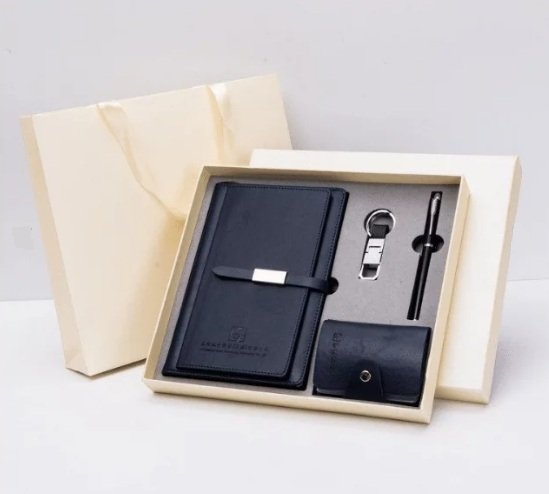
If you have a family member that has filed an I-130 immigrant petition in your name, you may be feeling hopeful and anxious at the same time. Hopeful because a path for you to legally live and work in the United States seems to open up for you but anxious because you are not sure what will happen and when. You understand that although there is an unlimited number of visas available for close relatives, things will likely move slowly, and you will have to be patient and wait. However, you do have a vital tool at your disposal to find out about your green card and when the time has come for you to claim it: the USCIS visa bulletin.
Why the Need for a Visa Bulletin
The number of people wishing to immigrate to the United States is usually larger than the number of available immigrant visas. That is why it is almost a given that there will be a wait for family preference categories since visas are granted on a first-come, first-served basis. This means that simply filing form I-130 is not an open door for you to come to the United States. Once you file, all that has happened is that you have secured a place in line for a visa, but the visa is not yet available. What you do have is a priority date that establishes your place in this line.
How do you find out if you have reached the front of the line?
When you reach the front of the line, your priority date will be marked as “current.” To find out when your petition has reached this point, the Department of State, through the USCIS, publishes a monthly bulletin on visas which anyone who is interested can access and read about the priority dates that are now classified as current. If yours is now a current priority date, an immigrant visa is available for you to claim. It is recommended that you review this bulletin frequently to find out where your petition stands. Once yours becomes current, you can apply for a permanent residency card.
How do I read the USCIS visa bulletin?
When you want to read the USCIS visa bulletin, you must know your priority date and your family preference category. Once USCIS accepts the form, they will assign a priority date.
If you are unsure where to find your priority date, review the I-797 Notice of Action that you received when your I-130 petition was approved. The date will be visible on the top portion of the document.
Also, you will need to know your family preference category. This is based on your relationship with your petitioner since different relationships receive different priority, going from an F1 in cases of unmarried adult children of U. S. citizens to F4 in cases of siblings of adult U. S. citizens.
With this information, you can review the bulletin and compare your priority date to the date listed or get information on final action dates for family-sponsored preference cases. If you still have questions about your priority date and family preference, you can read more here.



